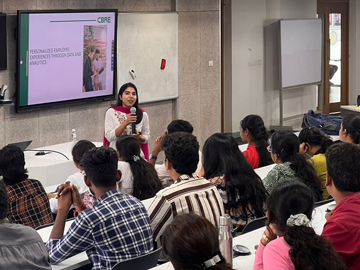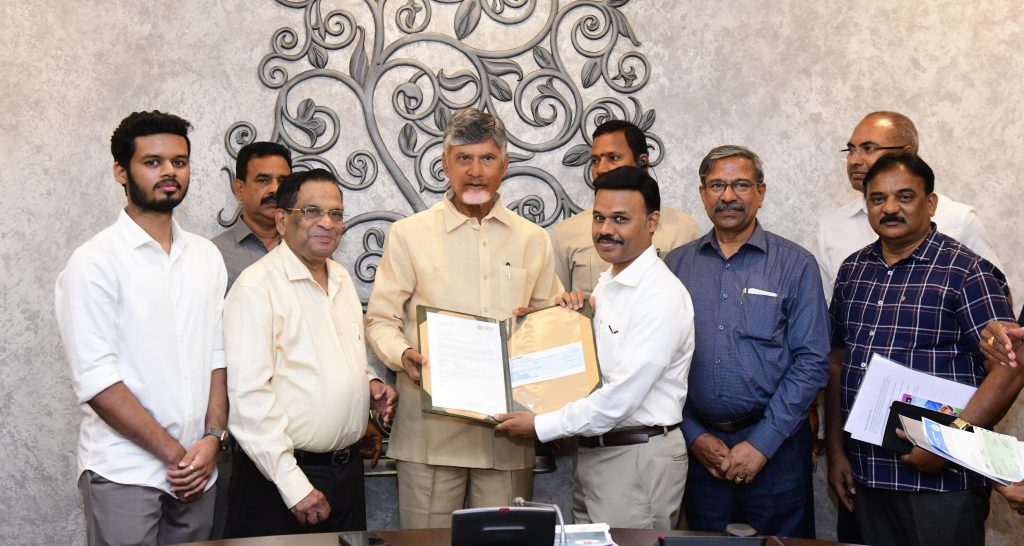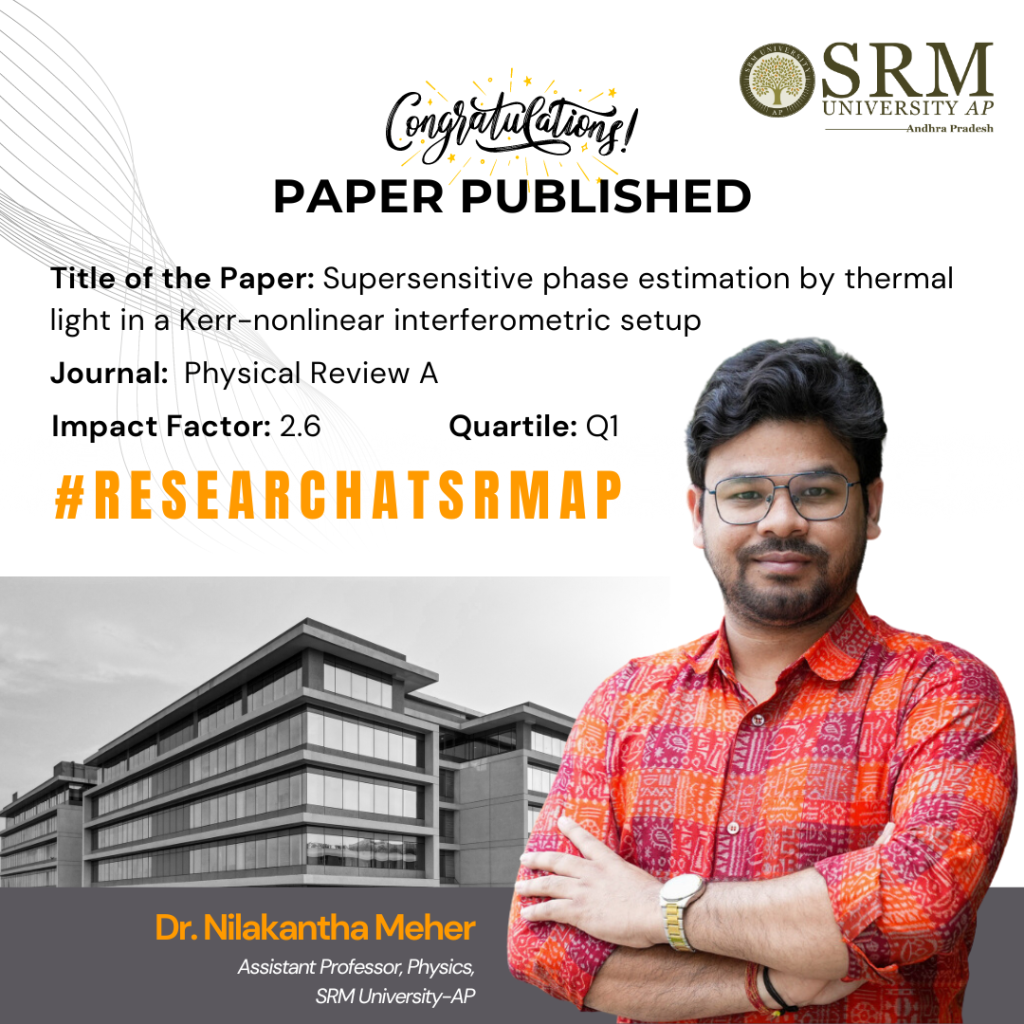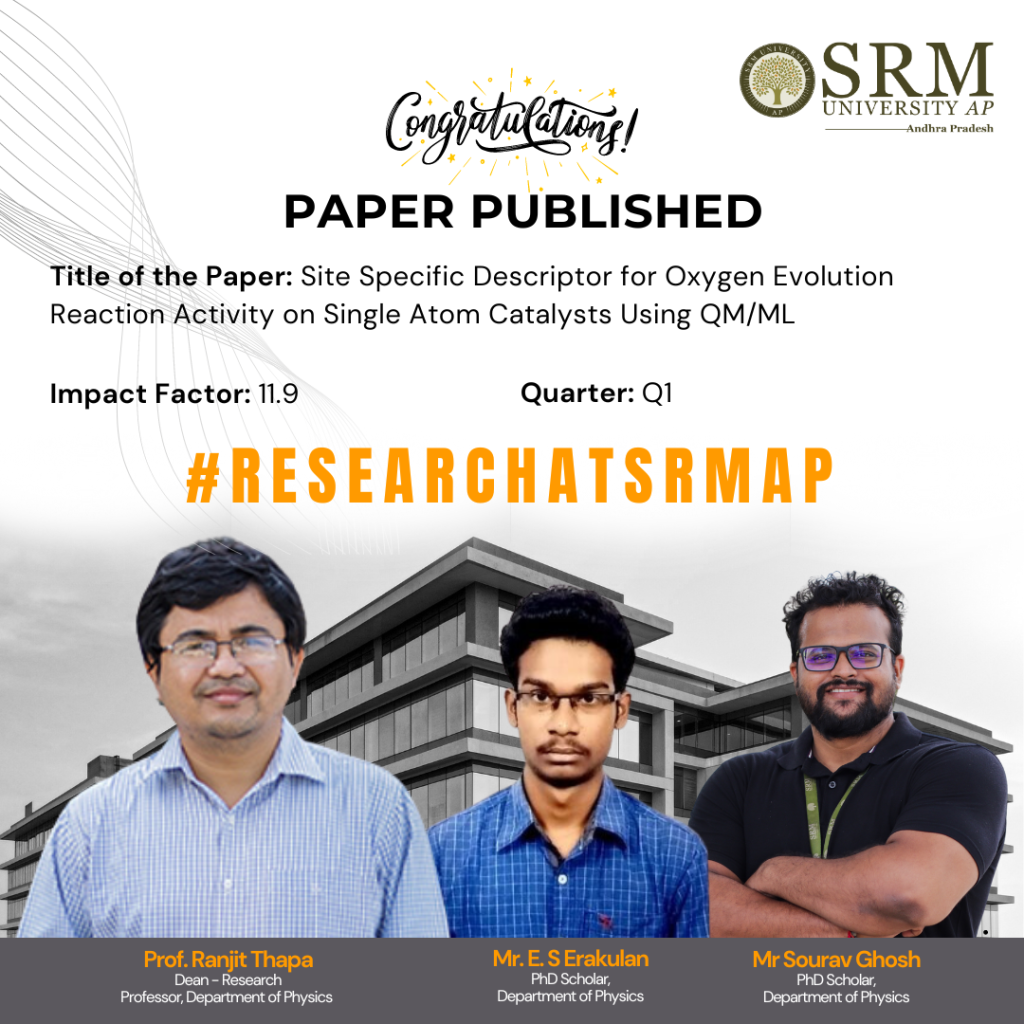A Thought-Provoking Session with Megha Thapar
 The Management precinct of the Paari School of Business had the honour of hosting an engrossing guest lecture, graced by Ms Megha Thapar, a distinguished Senior Associate Director – DEI. With an extensive 15-year career that spans the Financial Services, Retail, and Real Estate industries, Ms Thapar is renowned for her expertise in Diversity, Equity, and Inclusion (DEI). She brought invaluable insights and experiences to the forefront of this lecture, titled “Personalised Employee Experiences through Data and Analysis,” on August 21, 2024.
The Management precinct of the Paari School of Business had the honour of hosting an engrossing guest lecture, graced by Ms Megha Thapar, a distinguished Senior Associate Director – DEI. With an extensive 15-year career that spans the Financial Services, Retail, and Real Estate industries, Ms Thapar is renowned for her expertise in Diversity, Equity, and Inclusion (DEI). She brought invaluable insights and experiences to the forefront of this lecture, titled “Personalised Employee Experiences through Data and Analysis,” on August 21, 2024.
The primary goal of this session was to enlighten both management students and professionals on the transformative power of data and analytics in crafting personalised employee experiences. Emphasising the critical role of DEI in the workplace, the lecture aimed to showcase how organisations could utilise data to foster more inclusive and high-performing environments. This focus was rooted in the belief that understanding and leveraging data can lead to more equitable and effective organisational practices.
Throughout the event, attendees were engaged with a series of case studies, demonstrating the practical application of data in addressing real-world HR challenges. These included analysing and interpreting key metrics to create significant business impacts. Ms Thapar guided the audience through the intricacies of identifying actionable data, extracting meaningful insights, and implementing strategies that not only enhance employee satisfaction but also bolster organisational efficiency.
The session was instrumental in equipping participants with the critical thinking skills necessary for making informed, data-driven decisions. By delving deep into how data and analytics can revolutionise the employee experience, the lecture illuminated the pathways to advancing DEI initiatives within various organisational settings. Attendees were encouraged to apply the knowledge gleaned from the case studies shared by Ms Thapar, thereby learning to employ data-driven strategies in nurturing an inclusive workplace culture, boosting employee engagement, and aligning with broader organisational objectives.
As the lecture concluded, the outcomes were profoundly impactful. Participants left with a deeper understanding of the role of data in transforming employee experiences and driving DEI efforts. They gained practical knowledge on leveraging data to tackle real-world HR and DEI challenges effectively. Furthermore, the insights into interpreting data, understanding employee behavior, and identifying actionable insights empowered them to initiate meaningful changes within their organisations. Armed with these skills, they are now better positioned to weave DEI principles into their organisational fabric, using data to tailor solutions and foster a more inclusive, equitable work environment. This event not only highlighted the critical importance of analytics in creating dynamic, authentic, and diverse teams but also fostered a greater appreciation for the strategic use of data in achieving high-performance organisational outcomes.
- Published in Departmental News, News, Paari Current Happenings, SEAMS
A Helping Hand: Pro-Chancellor Donate Rs. 3 crores to CM’s Flood Relief Fund

Pro-Chancellor of SRM University-AP, Dr P Sathyanarayanan, has contributed Rs. 3 crores as financial aid to the Chief Minister’s Relief Fund to help rehabilitate and reconstruct the drastically affected areas by the recent floods. The leadership team of the university, including Trustee Shri Balaji Sathyanarayanan, Executive Research Head of SRM Group Prof. D Narayana Rao and Registrar Dr R Premkumar, handed over the cheque to the honourable Chief Minister of the state Shri Nara Chandrababu Naidu at the AP Secretariat.
“It is in the very fabric of humankind to help others who are in need of safety, security and shelter. We at SRM University-AP stand with the state of Andhra Pradesh at this dire hour and will extend our extensive support towards the rehabilitation projects”, stated Dr Sathyanarayanan. Honourable CM Shri Nara Chandrababu Naidu expressed his gratitude for the magnanimous contribution of the university patron.
SRM University-AP also distributed food parcels and other amenities to the flood victims. The distribution program was initiated by Pro-Chancellor Dr P Sathyanarayanan and conducted under the aegis of the Vice Chancellor of the university, Prof. Manoj K Arora. Food packets worth Rs.10 lakh, water bottles, fruits, bread and biscuits were distributed in Gollapudi, Singh Nagar and Vambay Colony areas of Vijayawada.
- Published in News
Dr Nilakantha Meher’s Research Uses Light to Improve Object Detection Precision

Dr Nilkantha Meher, an Assistant Professor in the Department of Physics at SRM University-AP, has significantly contributed to science with his research paper on using thermal light to detect objects with unmatched precision. This phenomenal work that featured in the journal Physical Review A will positively contribute to the fields of sensing, gravitational wave detection, and phase microscopy.
Abstract:
Estimation of the phase delay between interferometer arms is the core of transmission phase microscopy. Such phase estimation may exhibit an error below the standard quantum (shot-noise) limit, if the input is an entangled two-mode state, e.g., a N00N state. We show, by contrast, that such supersensitive phase estimation (SSPE) is achievable by incoherent, e.g., thermal, light that is injected into a Mach-Zehnder interferometer via a Kerr-nonlinear two-mode coupler. The phase error is shown to be reduced below, being the mean photon number, by thermal input in such interferometric setups, even for small nonlinear phase-shifts per photon pair or for significant photon loss. Remarkably, the phase accuracy achievable in such setups by thermal input surpasses that of coherent light with the same. Available mode couplers with giant Kerr nonlinearity that stems either from dipole-dipole interactions of Rydberg polaritons in cold atomic gas or from cavity-enhanced dispersive atom-field interactions may exploit such effects to substantially advance the interferometric phase microscopy using incoherent, faint light sources.
Practical Implementation:
The proposed nonlinear interferometer in this research can serve as a robust quantum sensor, making it suitable for a range of applications, including object sensing, gravitational wave detection, and phase microscopy.
Your Collaborations:
Prof. Gershon Kurizki (Weizmann Institute of Science, Israel)
Prof. Tomas Opatrny (Palacky University, Czech Republic)
Dr. Eilon Poem (Weizmann Institute of Science, Israel)
Prof. Ofer Firstenberg (Weizmann Institute of Science, Israel)
Future Research Plans:
He is currently investigating the sensing of quantum entanglement and generating highly nonclassical states using various nonlinear interferometers. This research has significant implications for distributed quantum communication and quantum information processing.
- Published in Departmental News, News, Physics News, Research News
Paper on Deciphering Oxygen Evolution Reaction Activity: A QM/ML Approach with Single Atom Catalysts

Prof. Ranjith Thapa in collaboration with two of his research scholars, Mr E. S. Erakulan Mr Sourav Ghosh and has come up with a groundbreaking research that has resulted in the publication of a scholarly paper titled, Specific Descriptor for Oxygen Evolution Reaction Activity on Single Atom Catalysts Using QM/ML.
Abstract of the paper
Descriptors are properties or parameters of a material that is used to explain any catalytic activity both computationally and experimentally. Such descriptors aid in designing the material’s property to obtain efficient catalyst. For transition metals, d-band center is a well-known descriptor that shows Sabatier type relation for several catalytic reactions. However, it fails to explain the activity when considering same metal active site with varying local environment. To address this, density functional theory was used for single atom catalysts (SACs) embedded on armchair and zigzag graphene nanoribbons (AGNR and ZGNR). By varying the anchoring nitrogen atoms’ orientation and considering pristine and doped cases, 432 active sites were used to test the oxygen evolution reaction (OER) activity. It was observed that S and SO2 dopant helps in reducing the overpotential on Co-SAC (h = 0.28 V). Along with the d-band center, a total of 105 possible descriptors were individually tested and failed to correlate with OER activity. Further, PCA was employed to narrow down unique descriptors and machine learning algorithms (MLR, RR, SVR, RFR, BRR, LASSO, KNR and XGR) were trained on the two obtained descriptors. Among the models, SVR and RFR model showed highest performance with R2 = 0.89 and 0.88 on test data. This work shows the necessity of a multi-descriptor approach to explain OER catalytic activity on SAC and the approach would help in identifying similar descriptors for other catalytic reactions as well.
Social Implications:
Computational studies have proven to be a vital tool to predict new materials and also assess the behaviour towards various catalytic reactions. They also identify the innate properties of the material which drives the catalytic activity. It helps in designing the material with required property to improve the catalytic activity. Descriptors are such computationally obtained properties/parameters of a material that has a meaningful relation with any catalytic property of a chemical reaction. d-band center, given by Hammer and Norskov in 1995, explained the binding strength of oxygen atom on pure transition metals. The d-band center shows Sabatier type relation with chemical activity and has been widely used to explain the catalytic activity of several reactions since its formulation. The adsorbate state after interaction with delocalized s-states of the metal atom is almost constant while that resulting from d-states interaction, is split into bonding and antibonding states. Hence the s-states were not considered. It is well known that, when the dimensions of a system are lowered the states become narrow and localized. In such systems, the d-band center does not explain the catalytic activity well and it is an open research problem.
Future Projects:
Density functional theory with machine learning approach could further be used and improved on similar SACs from which a predictive model equation could be constructed. Also, the proposed models are open to exploration on other catalytic reactions as well.
The authors thank SRM University-AP and National Super Computing mission for providing the computational facility.
- Published in Departmental News, News, Physics News, Research News

